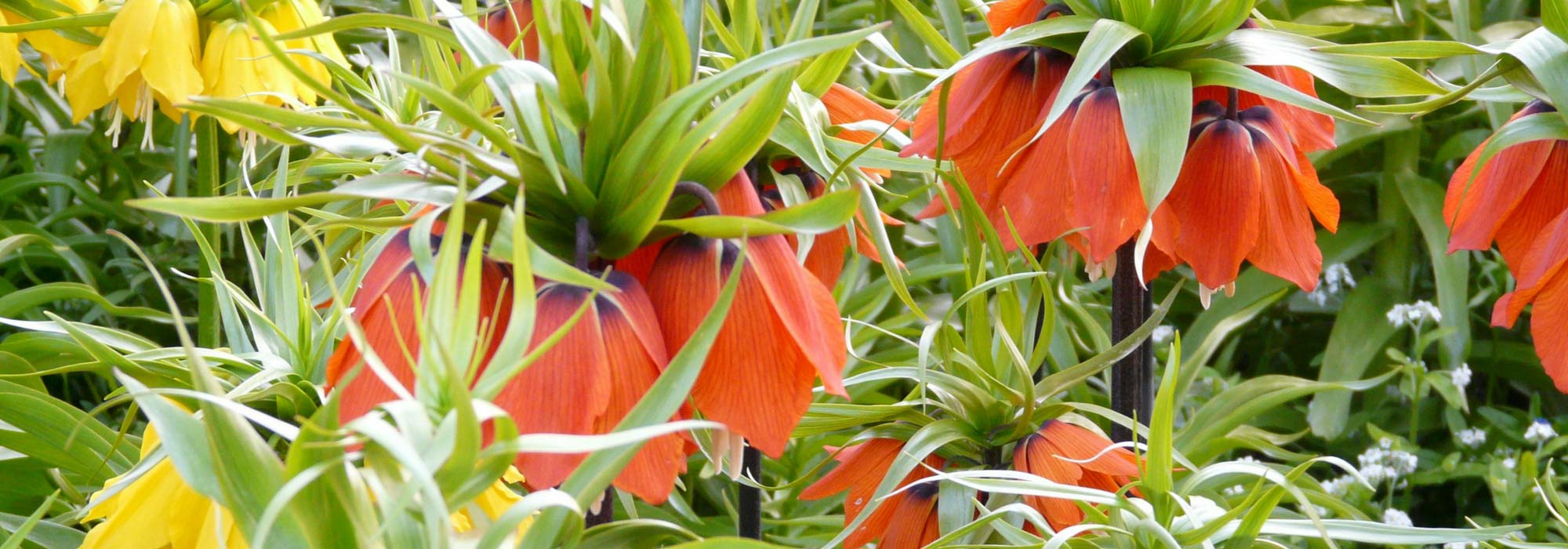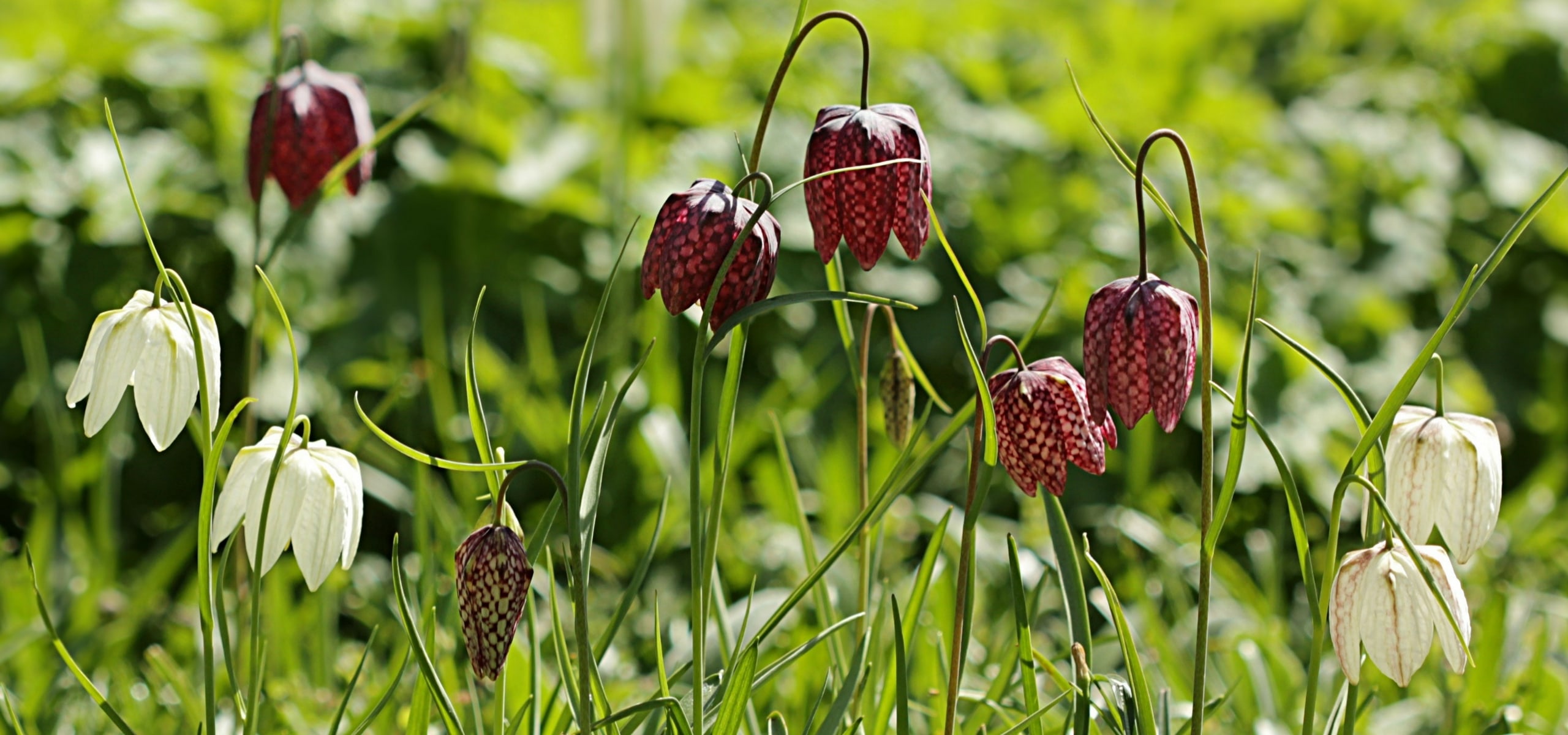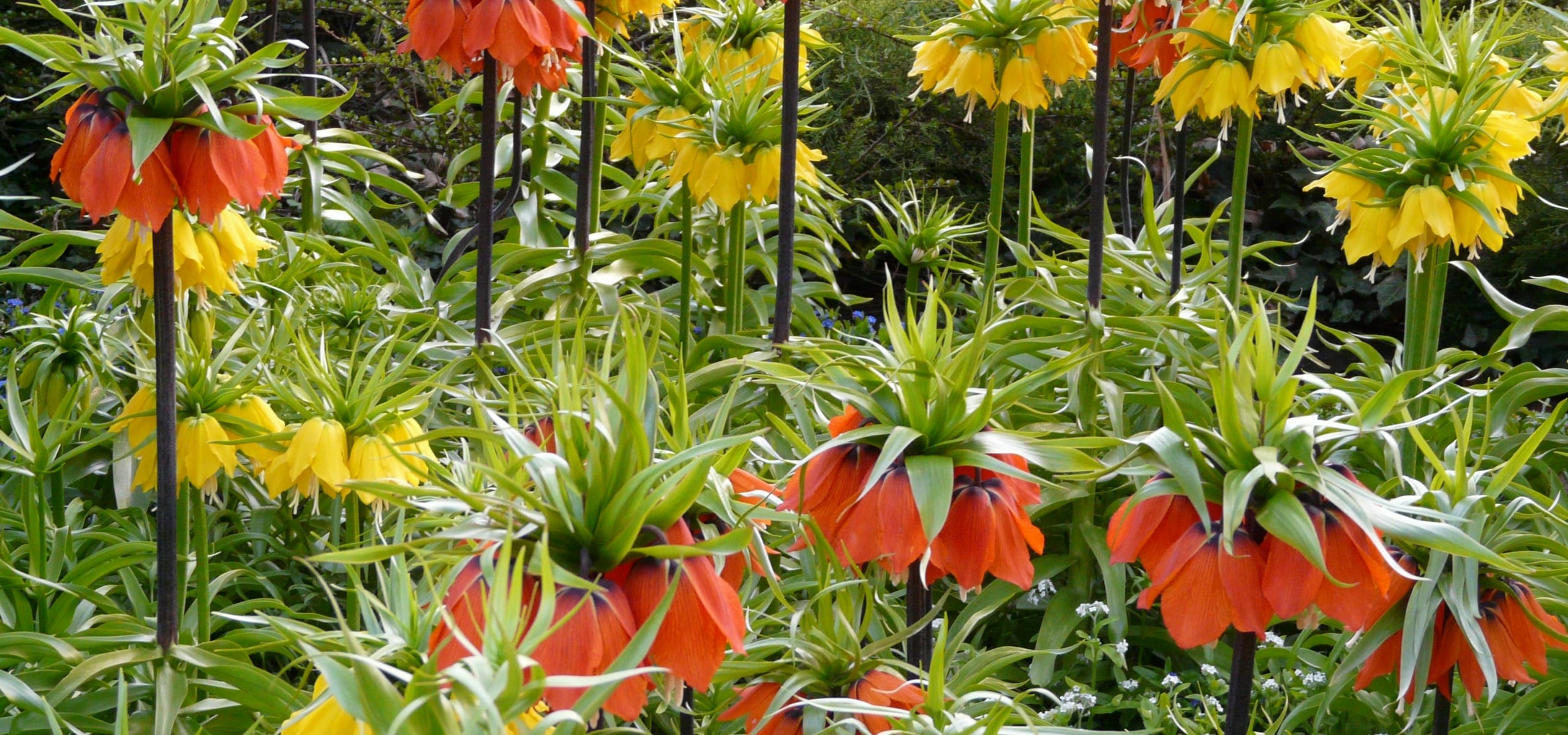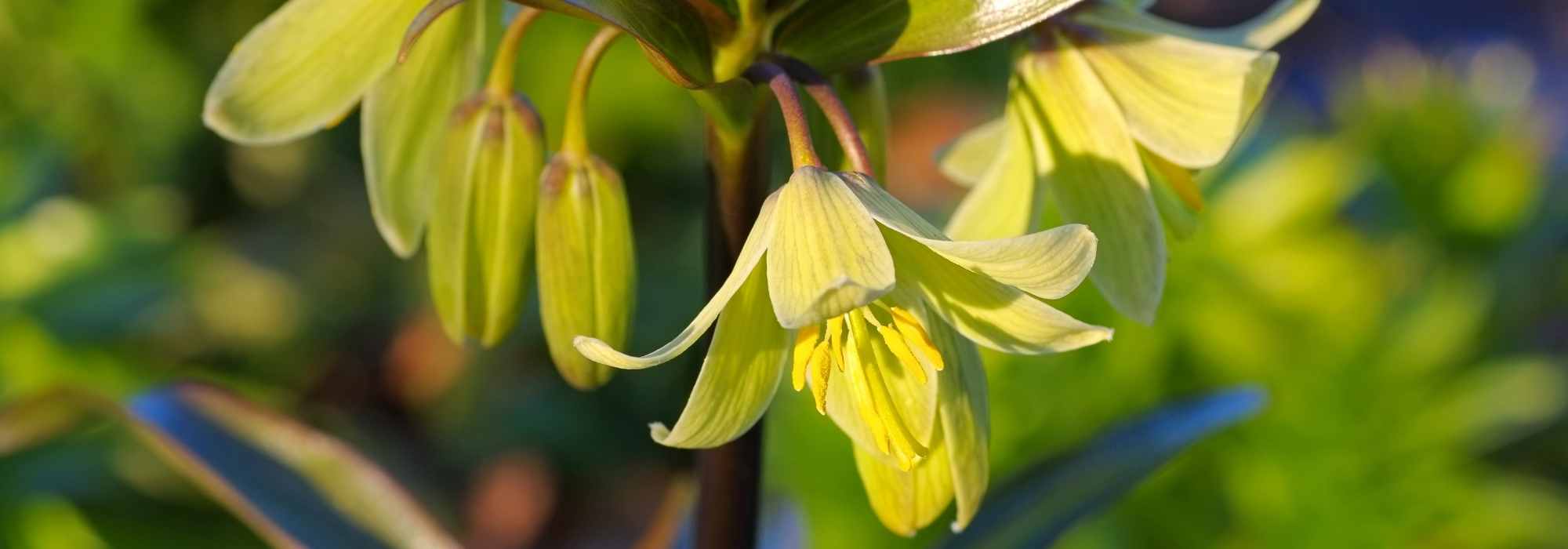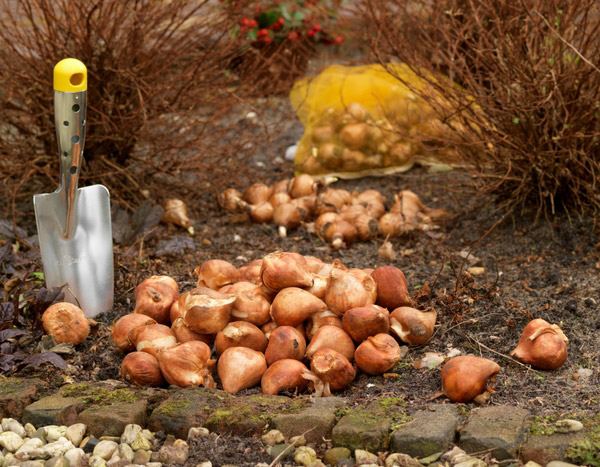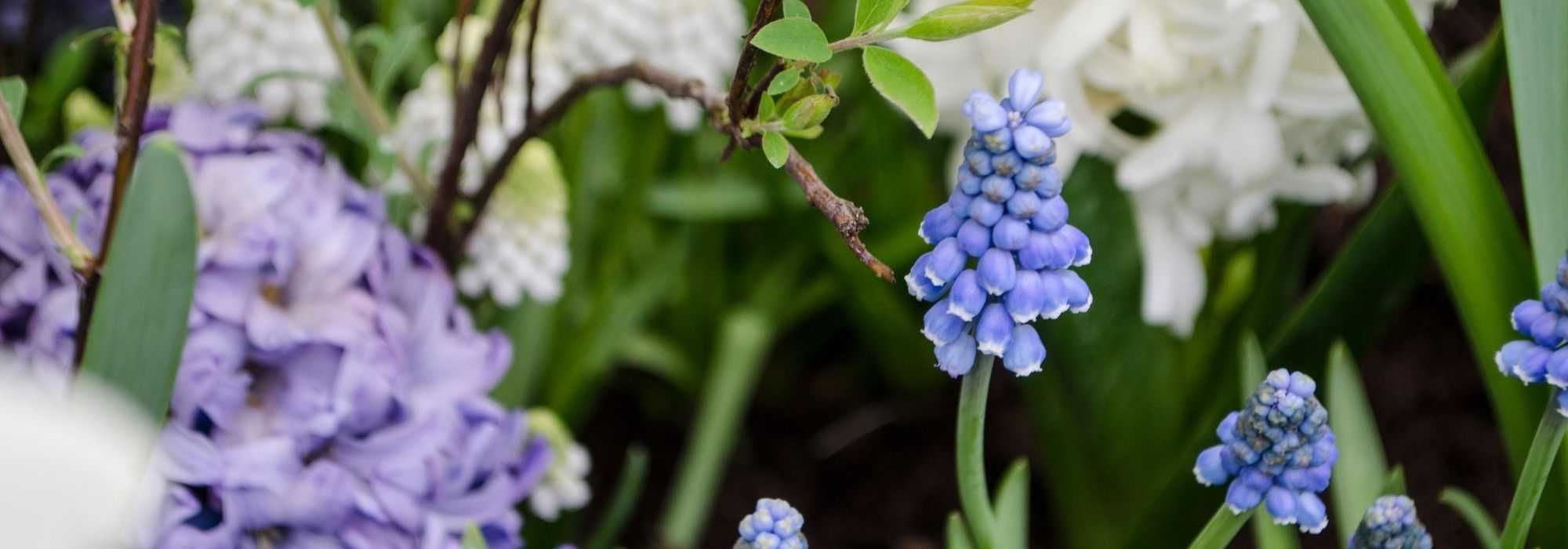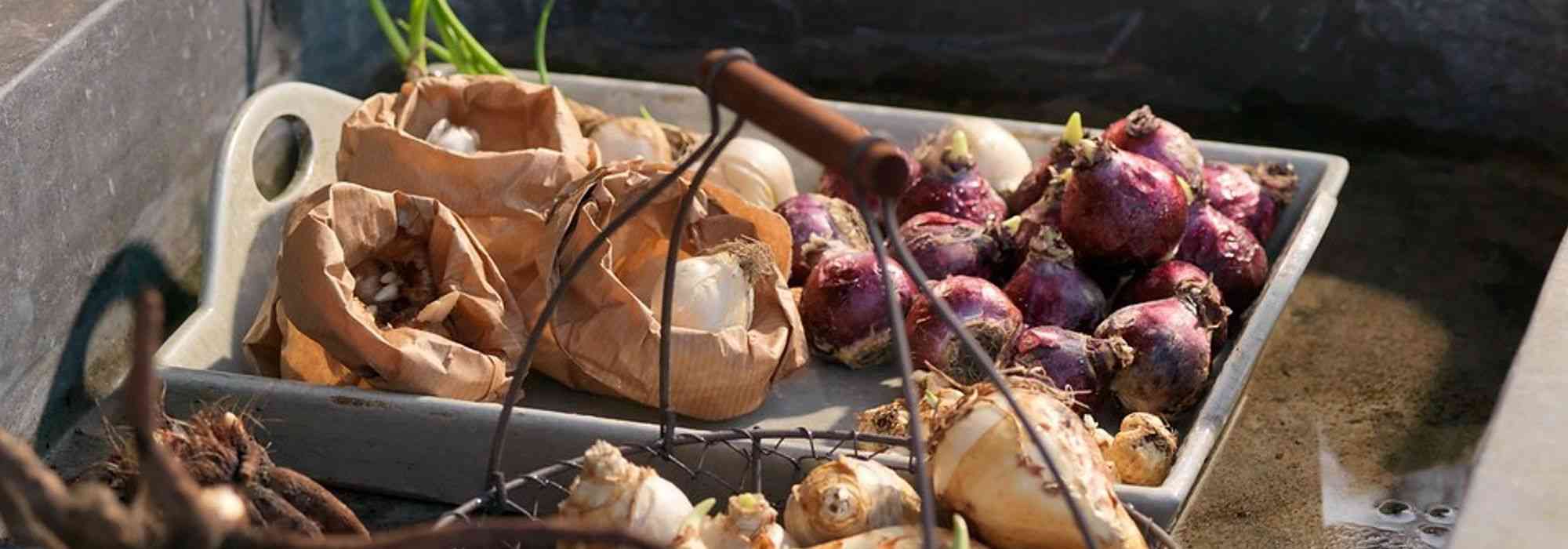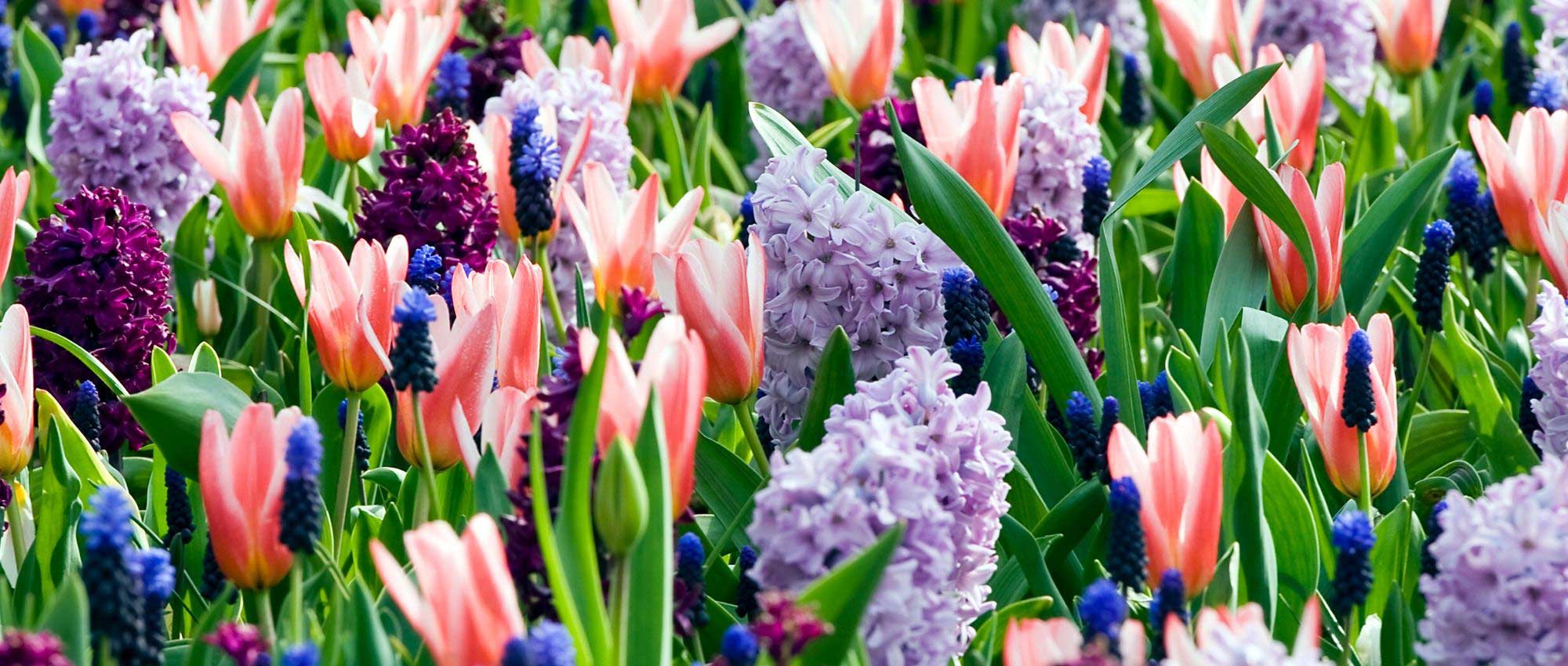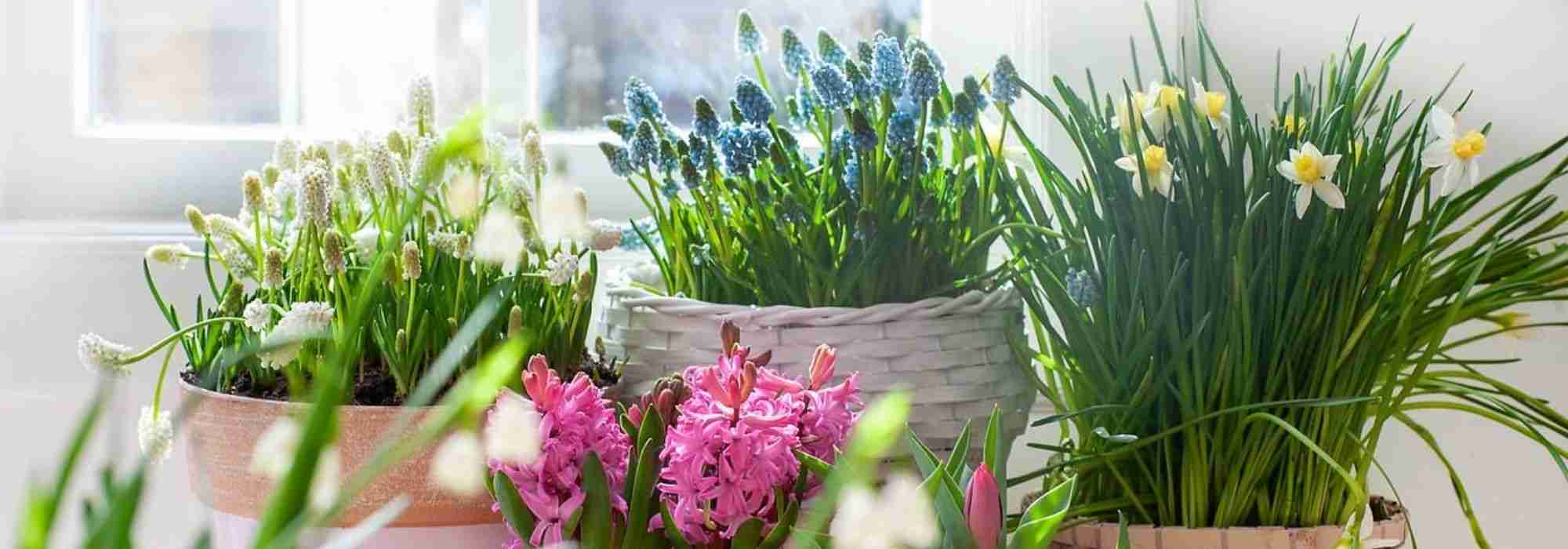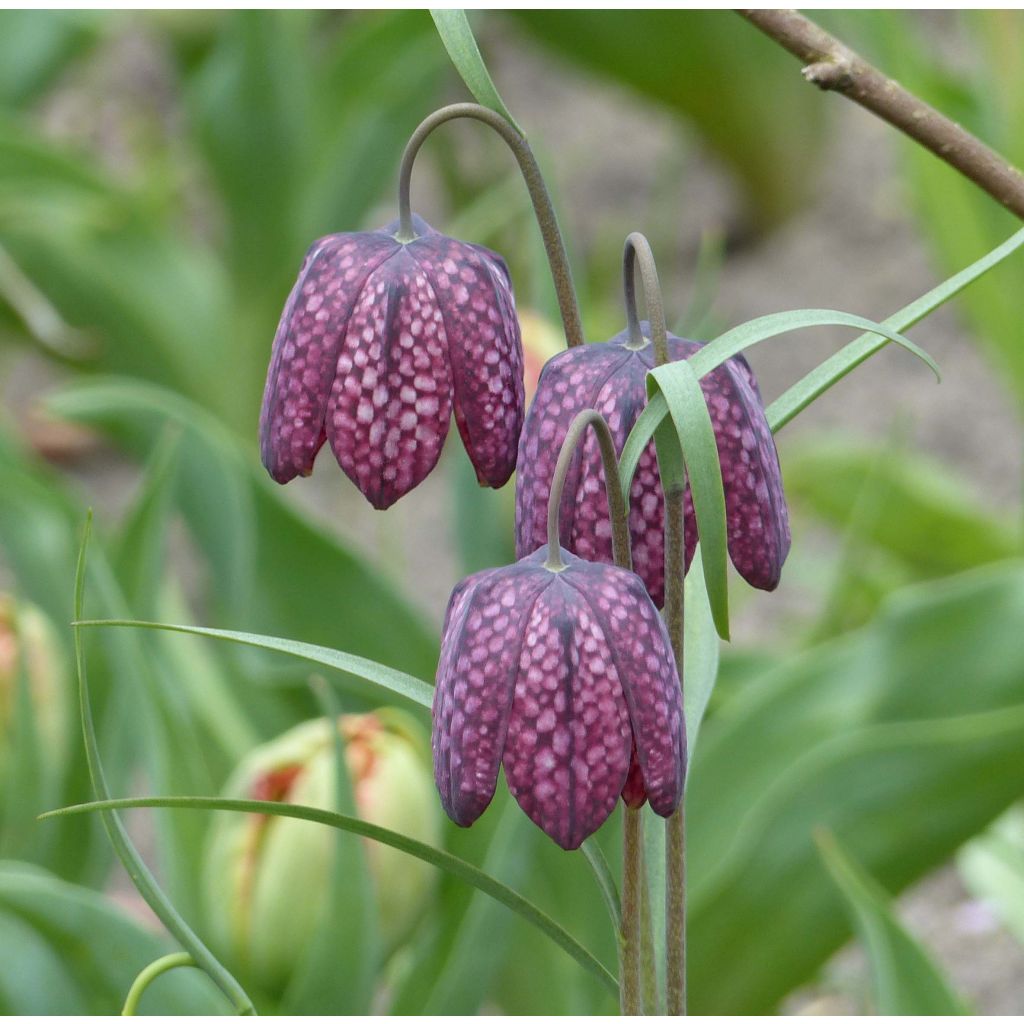

Fritillaria meleagris - Snake's Head Fritillary
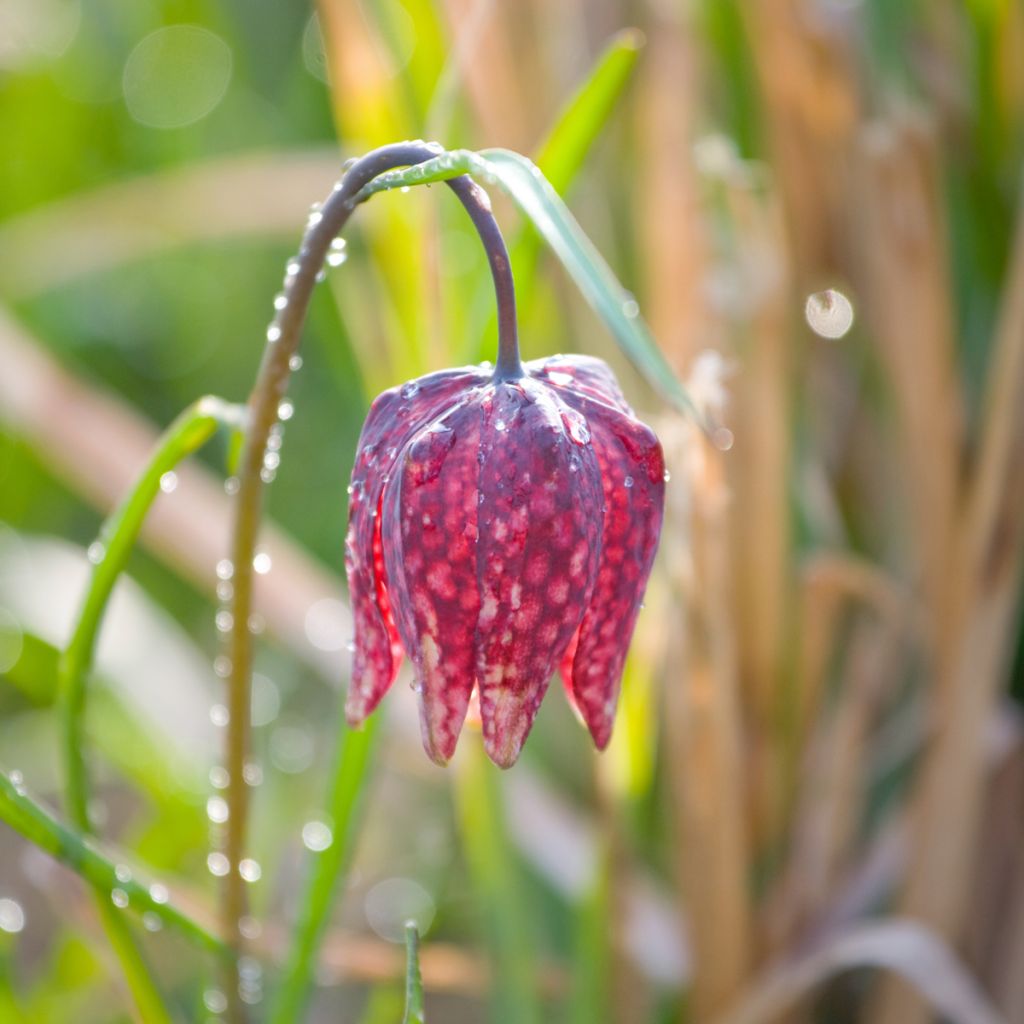

Fritillaria meleagris - Snake's Head Fritillary
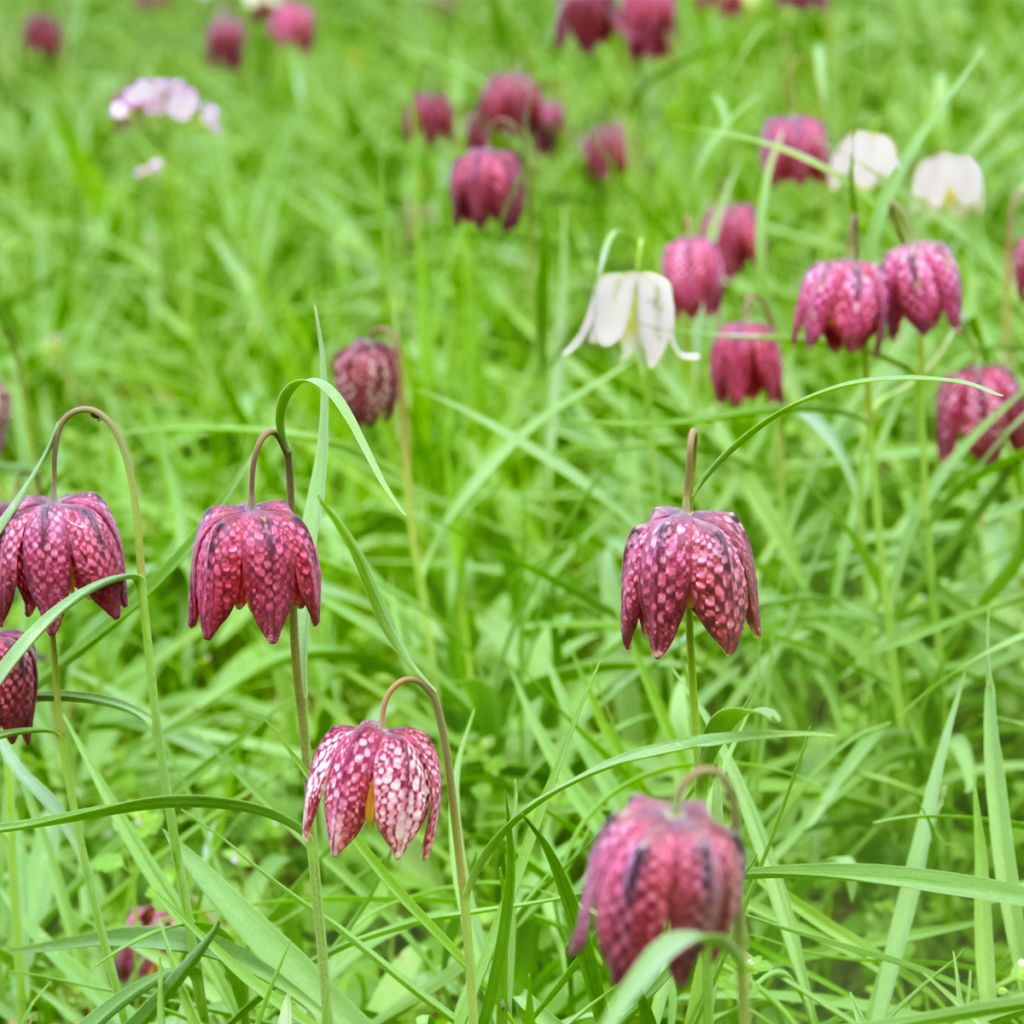

Fritillaria meleagris - Snake's Head Fritillary
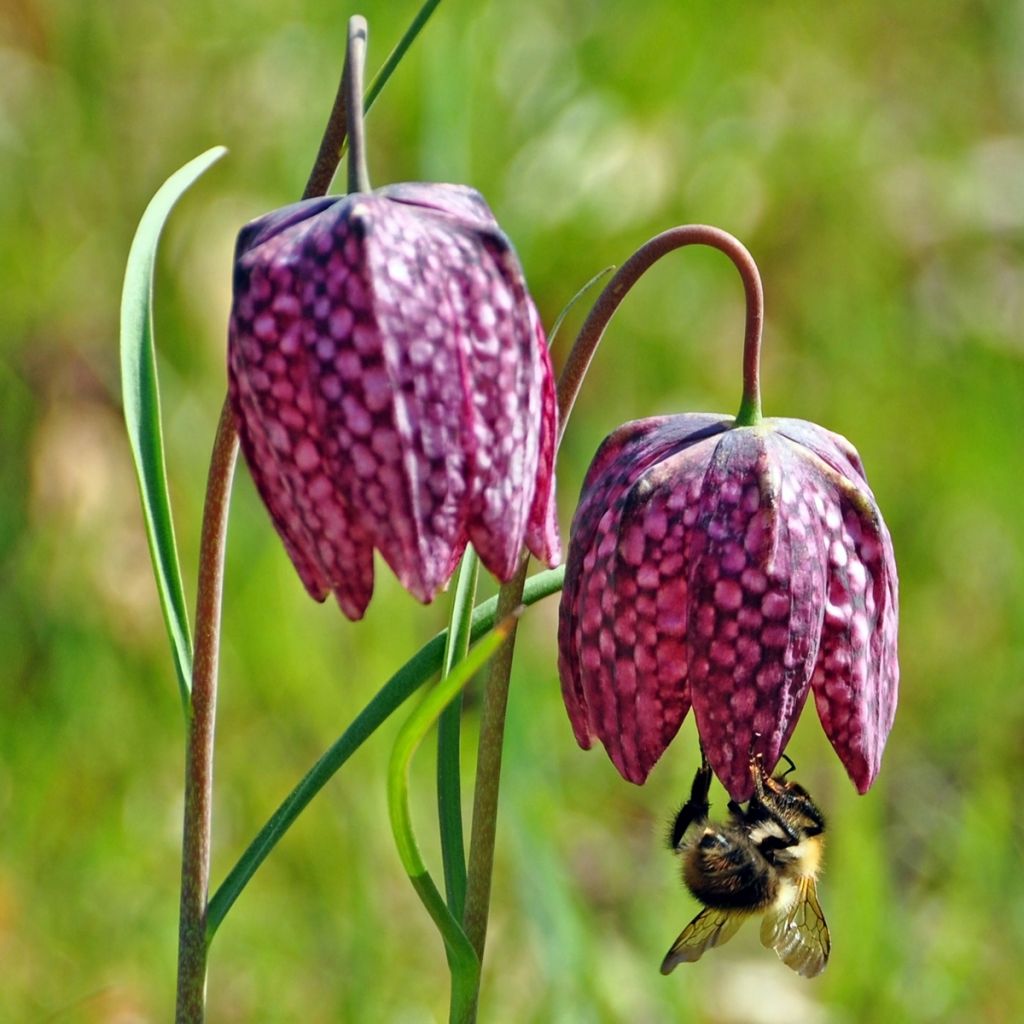

Fritillaria meleagris - Snake's Head Fritillary
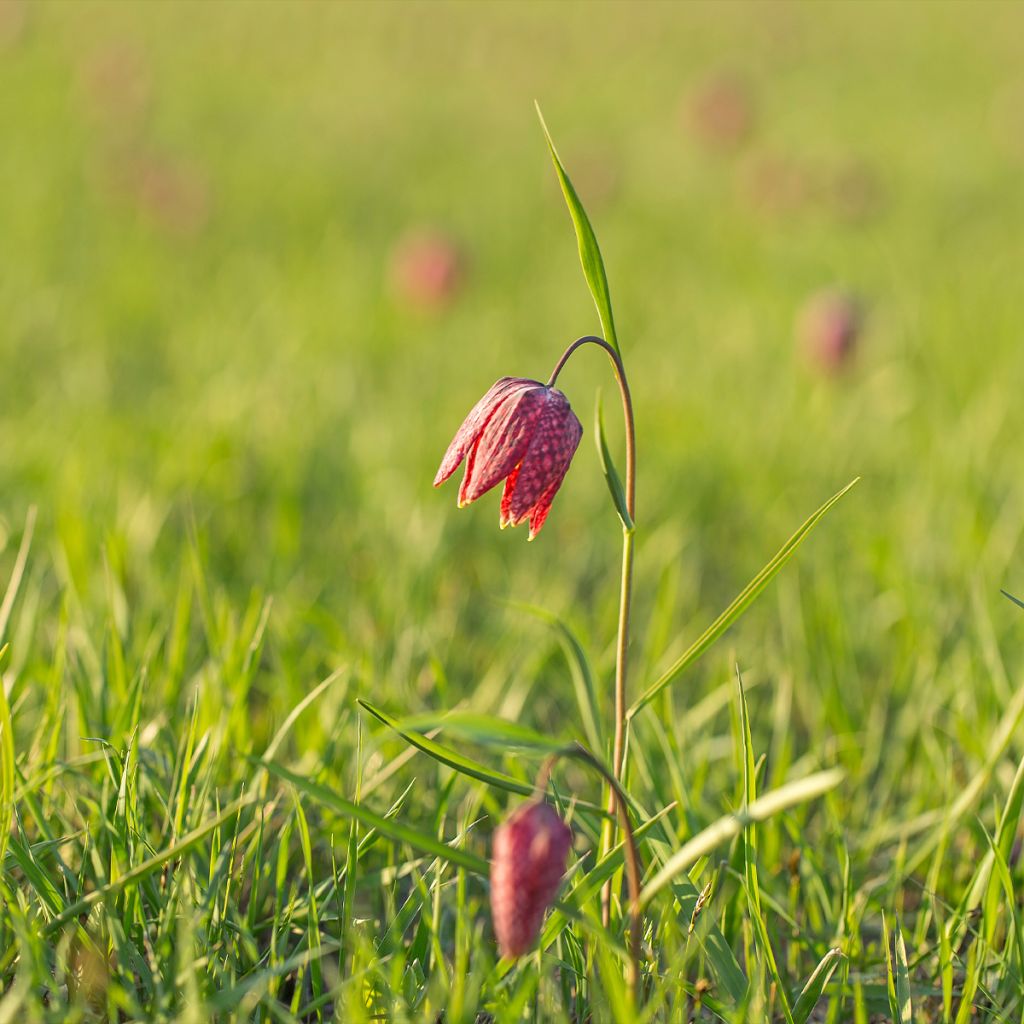

Fritillaria meleagris - Snake's Head Fritillary
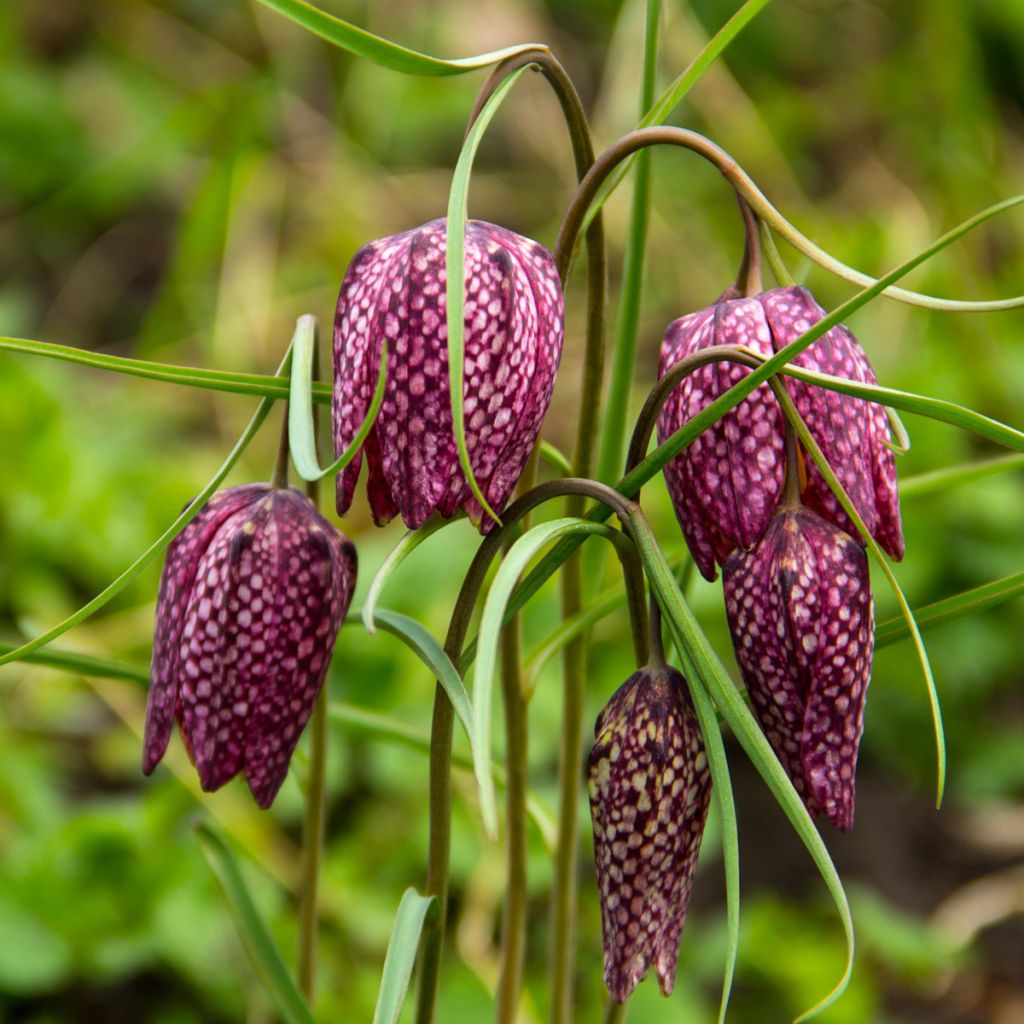

Fritillaria meleagris - Snake's Head Fritillary
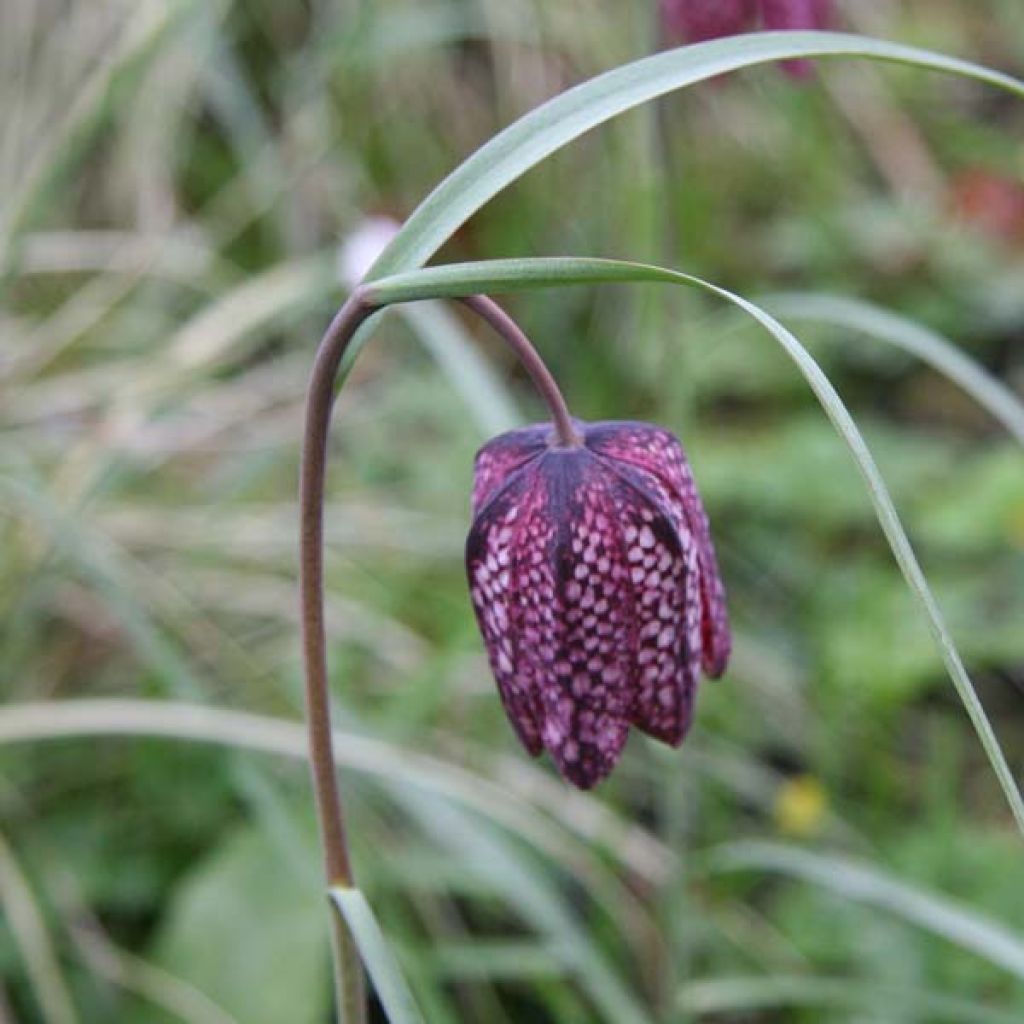

Fritillaria meleagris - Snake's Head Fritillary
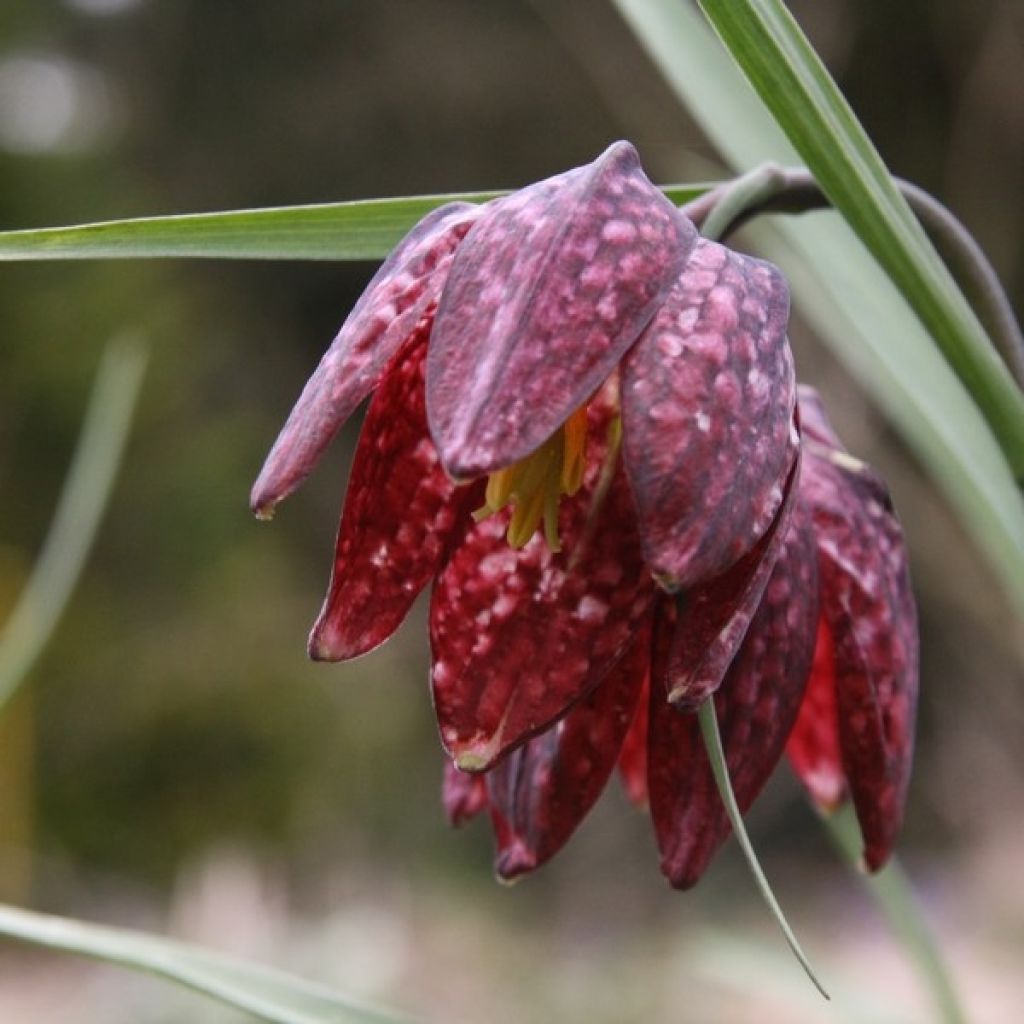

Fritillaria meleagris - Snake's Head Fritillary
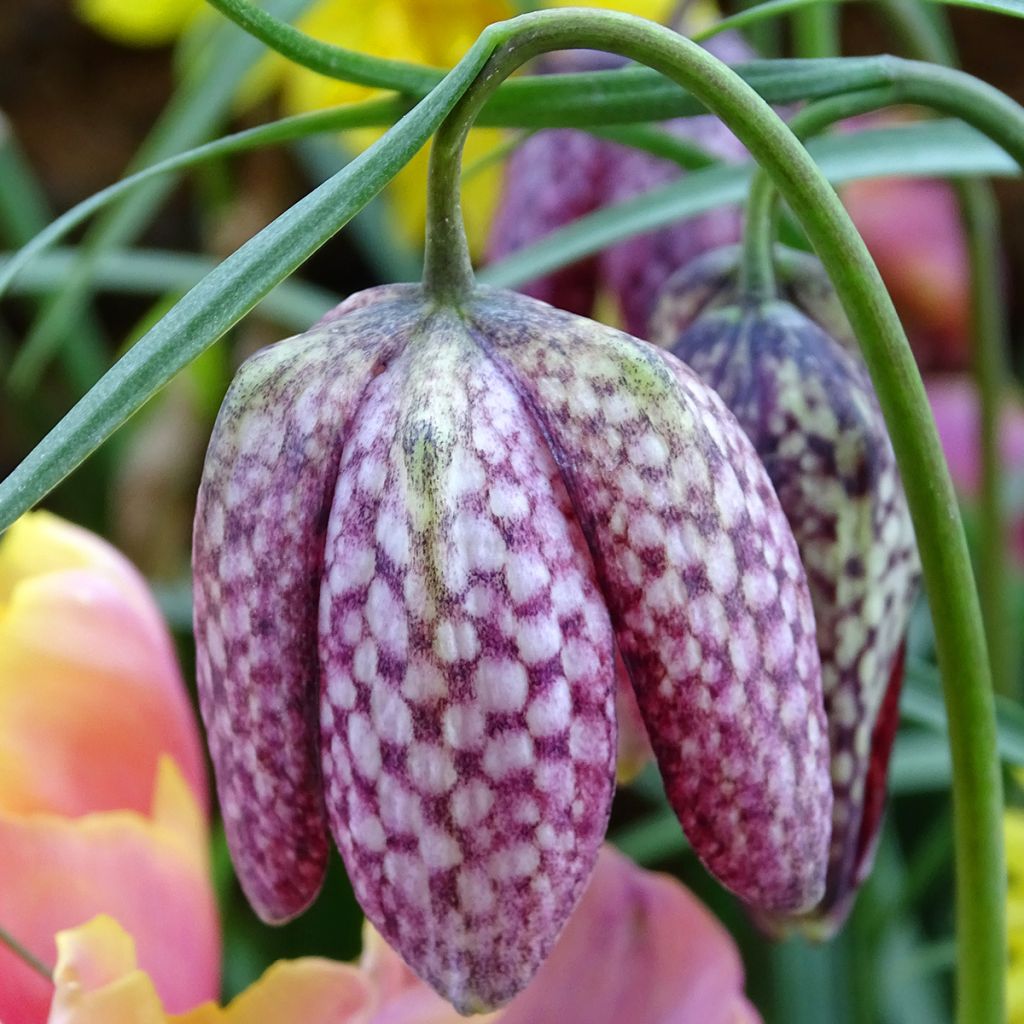

Fritillaria meleagris - Snake's Head Fritillary
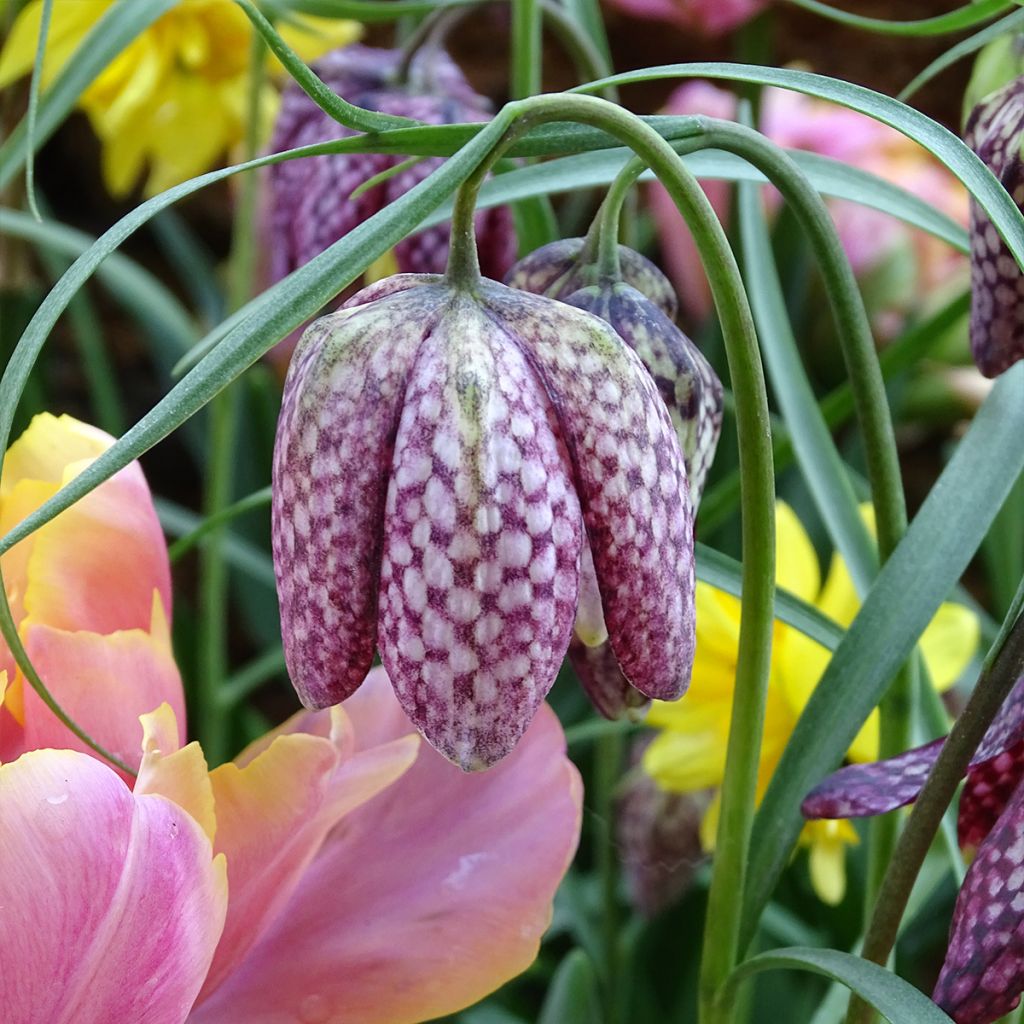

Fritillaria meleagris - Snake's Head Fritillary
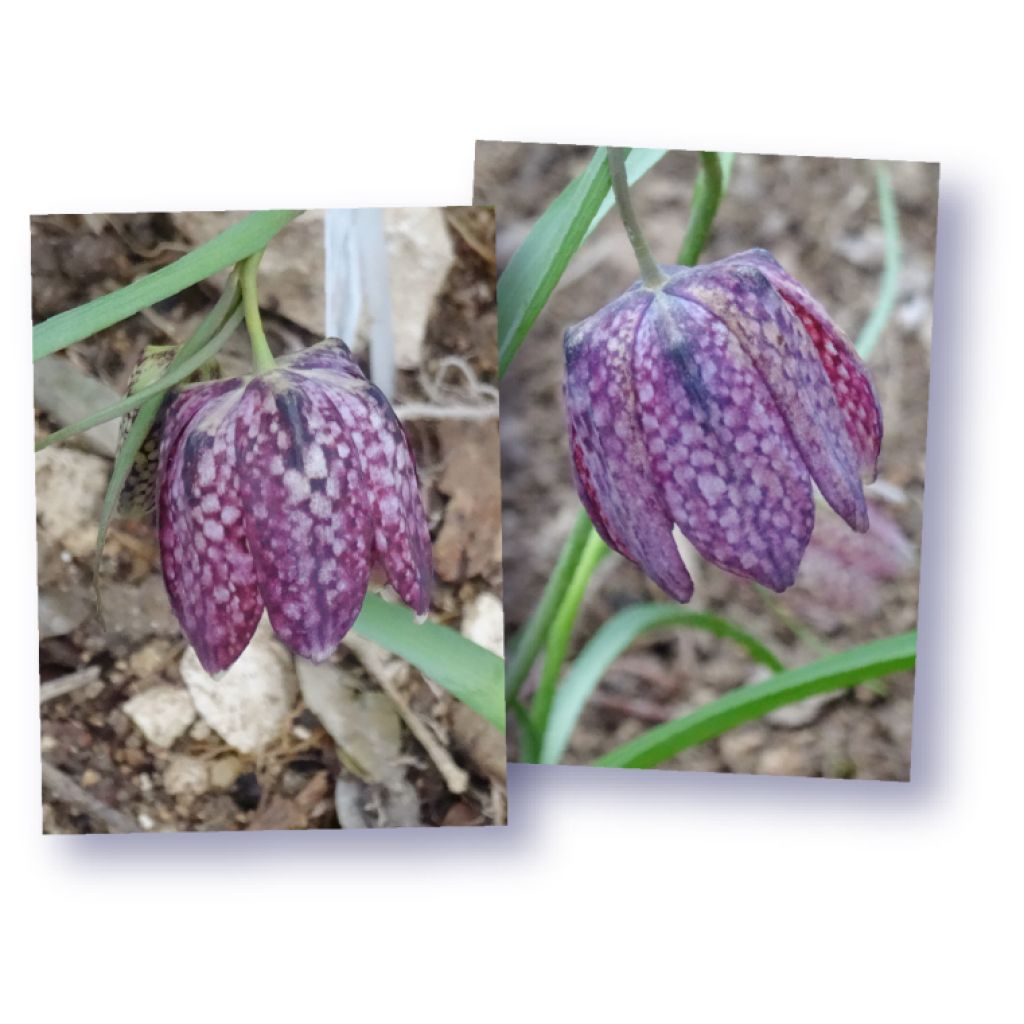

Fritillaria meleagris - Snake's Head Fritillary
Fritillaria meleagris - Snake's Head Fritillary
Fritillaria meleagris
Snake's Head Fritillary, checkered lily, guinea hen flower, leper lily, frog-cup
50 ordered, almost all in bad condition. Great customer service for refunding these bulbs.
Boris, 20/02/2025
Special offer!
Receive a €20 voucher for any order over €90 (excluding delivery costs, credit notes, and plastic-free options)!
1- Add your favorite plants to your cart.
2- Once you have reached €90, confirm your order (you can even choose the delivery date!).
3- As soon as your order is shipped, you will receive an email containing your voucher code, valid for 3 months (90 days).
Your voucher is unique and can only be used once, for any order with a minimum value of €20, excluding delivery costs.
Can be combined with other current offers, non-divisible and non-refundable.
This plant carries a 6 months recovery warranty
More information
We guarantee the quality of our plants for a full growing cycle, and will replace at our expense any plant that fails to recover under normal climatic and planting conditions.

Would this plant suit my garden?
Set up your Plantfit profile →
Description
The Fritillaria meleagris, often called the Snake's Head Fritillary, is a plant with a unique charm and a recognisable flower. This small, hardy bulbous plant forms beautiful pendulous checkered bells quite early in the season. It likes moist soils, so it can sometimes be found in wet meadows in spring or under deciduous trees. It is a very perennial plant that naturalises easily. It will faithfully reflower in the garden for many years.
The Snake's Head Fritillary is an endemic European plant, found in both northern Europe (Sweden, Russia, Great Britain) and further west and central in our continent. It is a species in the lily family that is now considered rare and therefore protected in its natural habitat. This plant forms clumps that reach a height of 20 to 40 cm (8 to 16in). Each bulb produces 3 to 5 green-grey, linear, alternate, lanceolate and narrow leaves. Between March and May, it sends up stems bearing solitary flowers, or grouped in 2 or 3, in the form of drooping bells measuring 4 to 5 cm (2in) in diameter. They are purple-pink and printed with a purple and whitish checkered pattern.
The Snake's Head Fritillary is a natural indicator of wet habitats and requires a fresh to moist, fertile, humus-bearing and light soil to thrive. It can be planted in a border, near a pathway, or not far from the terrace, alongside snowdrops and hellebores, to enjoy its exuberant flowering in spring. It will also thrive in a wet rock garden or under deciduous trees and bushes. This species will have a great effect on a short grass meadow.
Fritillaria meleagris - Snake's Head Fritillary in pictures


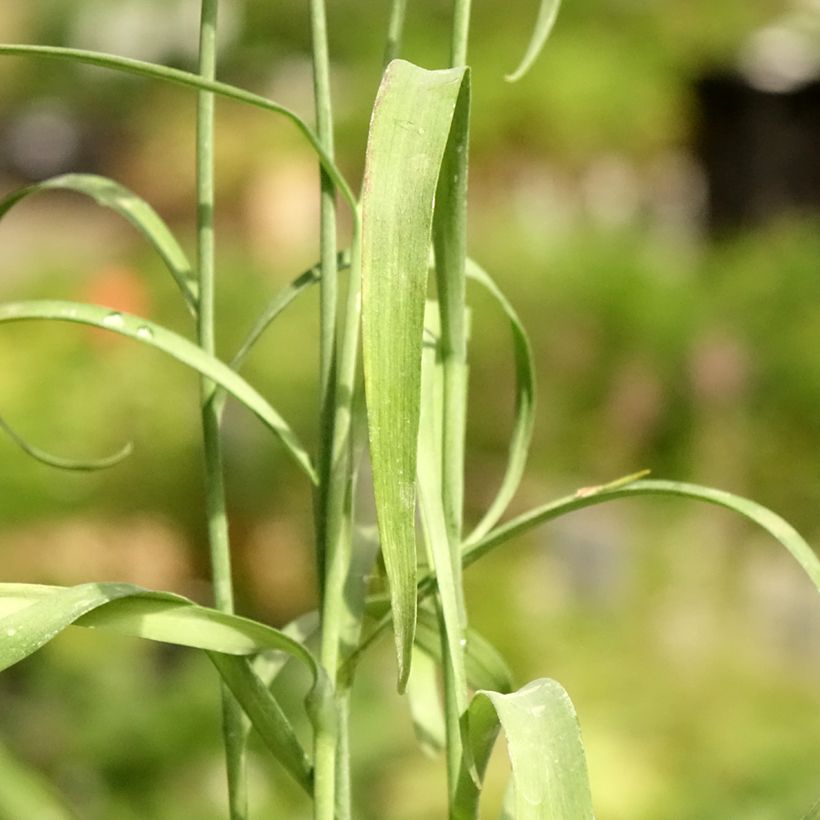

Plant habit
Flowering
Foliage
Botanical data
Fritillaria
meleagris
Liliaceae
Snake's Head Fritillary, checkered lily, guinea hen flower, leper lily, frog-cup
Northern Europe
Planting and care
The bulbs of Fritillaria meleagris multiply easily once they are planted in a soft, humus-bearing but well-drained, moisture-retentive soil. Plant them at a depth of 10 cm (4in) and with a spacing of 25 cm (10in), in moist soil, in groups of 3 or 5, in full sun or partial shade. The addition of pine-bark or peat will always benefit it, as this plant does not appreciate limestone. This plant will be cultivated in regions where summers are cool and humid. It naturalises easily in short grass meadows, but it is not recommended to plant it in a regularly mowed lawn, as it needs to retain its foliage in order for the bulb to replenish its reserves.
Planting period
Intended location
Care
Planting & care advice
-
, onOrder confirmed
Reply from on Promesse de fleurs
Haven't found what you were looking for?
Hardiness is the lowest winter temperature a plant can endure without suffering serious damage or even dying. However, hardiness is affected by location (a sheltered area, such as a patio), protection (winter cover) and soil type (hardiness is improved by well-drained soil).

Photo Sharing Terms & Conditions
In order to encourage gardeners to interact and share their experiences, Promesse de fleurs offers various media enabling content to be uploaded onto its Site - in particular via the ‘Photo sharing’ module.
The User agrees to refrain from:
- Posting any content that is illegal, prejudicial, insulting, racist, inciteful to hatred, revisionist, contrary to public decency, that infringes on privacy or on the privacy rights of third parties, in particular the publicity rights of persons and goods, intellectual property rights, or the right to privacy.
- Submitting content on behalf of a third party;
- Impersonate the identity of a third party and/or publish any personal information about a third party;
In general, the User undertakes to refrain from any unethical behaviour.
All Content (in particular text, comments, files, images, photos, videos, creative works, etc.), which may be subject to property or intellectual property rights, image or other private rights, shall remain the property of the User, subject to the limited rights granted by the terms of the licence granted by Promesse de fleurs as stated below. Users are at liberty to publish or not to publish such Content on the Site, notably via the ‘Photo Sharing’ facility, and accept that this Content shall be made public and freely accessible, notably on the Internet.
Users further acknowledge, undertake to have ,and guarantee that they hold all necessary rights and permissions to publish such material on the Site, in particular with regard to the legislation in force pertaining to any privacy, property, intellectual property, image, or contractual rights, or rights of any other nature. By publishing such Content on the Site, Users acknowledge accepting full liability as publishers of the Content within the meaning of the law, and grant Promesse de fleurs, free of charge, an inclusive, worldwide licence for the said Content for the entire duration of its publication, including all reproduction, representation, up/downloading, displaying, performing, transmission, and storage rights.
Users also grant permission for their name to be linked to the Content and accept that this link may not always be made available.
By engaging in posting material, Users consent to their Content becoming automatically accessible on the Internet, in particular on other sites and/or blogs and/or web pages of the Promesse de fleurs site, including in particular social pages and the Promesse de fleurs catalogue.
Users may secure the removal of entrusted content free of charge by issuing a simple request via our contact form.
The flowering period indicated on our website applies to countries and regions located in USDA zone 8 (France, the United Kingdom, Ireland, the Netherlands, etc.)
It will vary according to where you live:
- In zones 9 to 10 (Italy, Spain, Greece, etc.), flowering will occur about 2 to 4 weeks earlier.
- In zones 6 to 7 (Germany, Poland, Slovenia, and lower mountainous regions), flowering will be delayed by 2 to 3 weeks.
- In zone 5 (Central Europe, Scandinavia), blooming will be delayed by 3 to 5 weeks.
In temperate climates, pruning of spring-flowering shrubs (forsythia, spireas, etc.) should be done just after flowering.
Pruning of summer-flowering shrubs (Indian Lilac, Perovskia, etc.) can be done in winter or spring.
In cold regions as well as with frost-sensitive plants, avoid pruning too early when severe frosts may still occur.
The planting period indicated on our website applies to countries and regions located in USDA zone 8 (France, United Kingdom, Ireland, Netherlands).
It will vary according to where you live:
- In Mediterranean zones (Marseille, Madrid, Milan, etc.), autumn and winter are the best planting periods.
- In continental zones (Strasbourg, Munich, Vienna, etc.), delay planting by 2 to 3 weeks in spring and bring it forward by 2 to 4 weeks in autumn.
- In mountainous regions (the Alps, Pyrenees, Carpathians, etc.), it is best to plant in late spring (May-June) or late summer (August-September).
The harvesting period indicated on our website applies to countries and regions in USDA zone 8 (France, England, Ireland, the Netherlands).
In colder areas (Scandinavia, Poland, Austria...) fruit and vegetable harvests are likely to be delayed by 3-4 weeks.
In warmer areas (Italy, Spain, Greece, etc.), harvesting will probably take place earlier, depending on weather conditions.
The sowing periods indicated on our website apply to countries and regions within USDA Zone 8 (France, UK, Ireland, Netherlands).
In colder areas (Scandinavia, Poland, Austria...), delay any outdoor sowing by 3-4 weeks, or sow under glass.
In warmer climes (Italy, Spain, Greece, etc.), bring outdoor sowing forward by a few weeks.






























